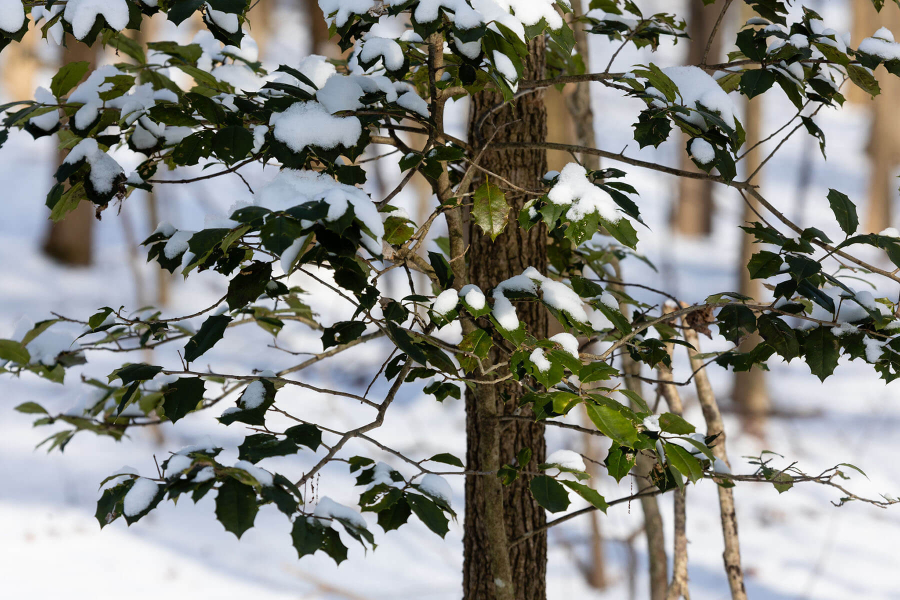American holly grows at Andover Flatwoods Natural Area in Queen Anne's County, Md., on Feb. 2, 2019. (Photo by Will Parson/Chesapeake Bay Program)
About the author
Dylan is the Communications Intern for the Alliance for the Chesapeake Bay and the Chesapeake Bay Program. He received his Bachelor of Arts in English and Philosophy at the College of Wooster in Wooster, Ohio, where he worked as a writing consultant and completed a collection of short fiction. Born and raised in Columbia, Md., Dylan is excited to lend his voice to all the stories the Chesapeake Bay has to tell.
View all stories by this author


Comments
There are no comments.
Thank you!
Your comment has been received. Before it can be published, the comment will be reviewed by our team to ensure it adheres with our rules of engagement.
Back to recent stories